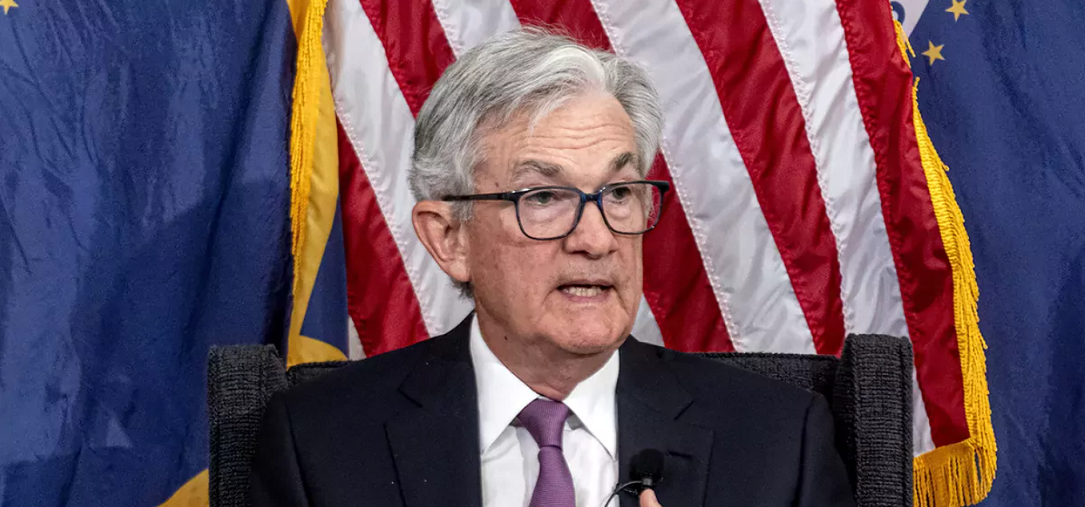
François Christen
Chief Economist
Article published on agefi.com
Western central banks' abrupt U-turn leads to unprecedented correction in bonds.

Bond investors have not seen this kind of punishment in decades. The rout continued with declines of between 3% and 4% in April, leading to cumulative losses of 8% to 9% on US and eurozone government bonds since the beginning of the year (all maturities, in local currency). In the US, the yield on the 10-year T-Note is hovering near 3% in anticipation of imminent tightening of the monetary policy by the Federal Reserve.
The signals emitted over the past few weeks leave little room for doubt: the FOMC is expected to announce on Wednesday a 0.5% increase in the Fed funds rate, to a range between 0.75% and 1%. The Fed is also expected to unveil the details of a “quantitative tightening” that could begin immediately. A plan has already been outlined in the minutes of the last FOMC meeting. The central bank is moving towards a more rapid contraction than the one conducted between 2017 and 2019.
The reduction in the securities portfolio will be achieved through the repayment of maturing Treasury and MBS bonds (with a cap set at 95 billion per month). However, the Federal Reserve is not expected to go so far as to resell previously purchased debt. The battle to curb inflation is essentially about raising interest rates and their impact on the yield curve. While quantitative easing is a way to increase stimulus when monetary interest rates hit the 0% bound, quantitative tightening is not a compulsory lever for a central bank faced with surging inflation.
The unexpected contraction of US GDP in the first quarter (-1.4% annualized, first estimate) should not weaken the Fed’s determination to quickly restore “neutral” and then restrictive monetary conditions. The decline in GDP is attributable to a drop in net exports, which masks the strength of private consumption (which is in the process of being rebalanced towards services) and investment.
The sustained rise in the GDP price index (8% annualized) and the increase in employment costs combining wages and benefits (1.4% between December 2021 and March 2022, 4.5% year-on-year, at the highest level since 2001) impose a restrictive stance, despite a turbulent geopolitical context. The employment report expected on Friday in the US will allow us to refine the diagnosis, but the Fed seems to be heading towards several 0.5% interest rate hikes, which could bring monetary interest rates close to 3% at the end of the year, well above the “friendly” projection of 1.9% unveiled in March.
In Europe, the ECB has issued several warnings that net asset purchases will stop completely at the beginning of the third quarter, i.e. in July, which could lead to a first increase in euro interest rates before the end of the summer. However, the ECB’s change in tone is less abrupt than the Federal Reserve’s U-turn, which is pushing up the dollar against the euro… and fueling inflation in Europe. The ECB’s change of tone, amply justified by the upturn in inflation, has caused a flattening of the euro yield curve and an increase in spreads on the sovereign capital market. The yield on the 10-year Bund is stable at around 0.9%, while the yield on the Italian BTP has risen above 2.8% to its highest level since 2019.








